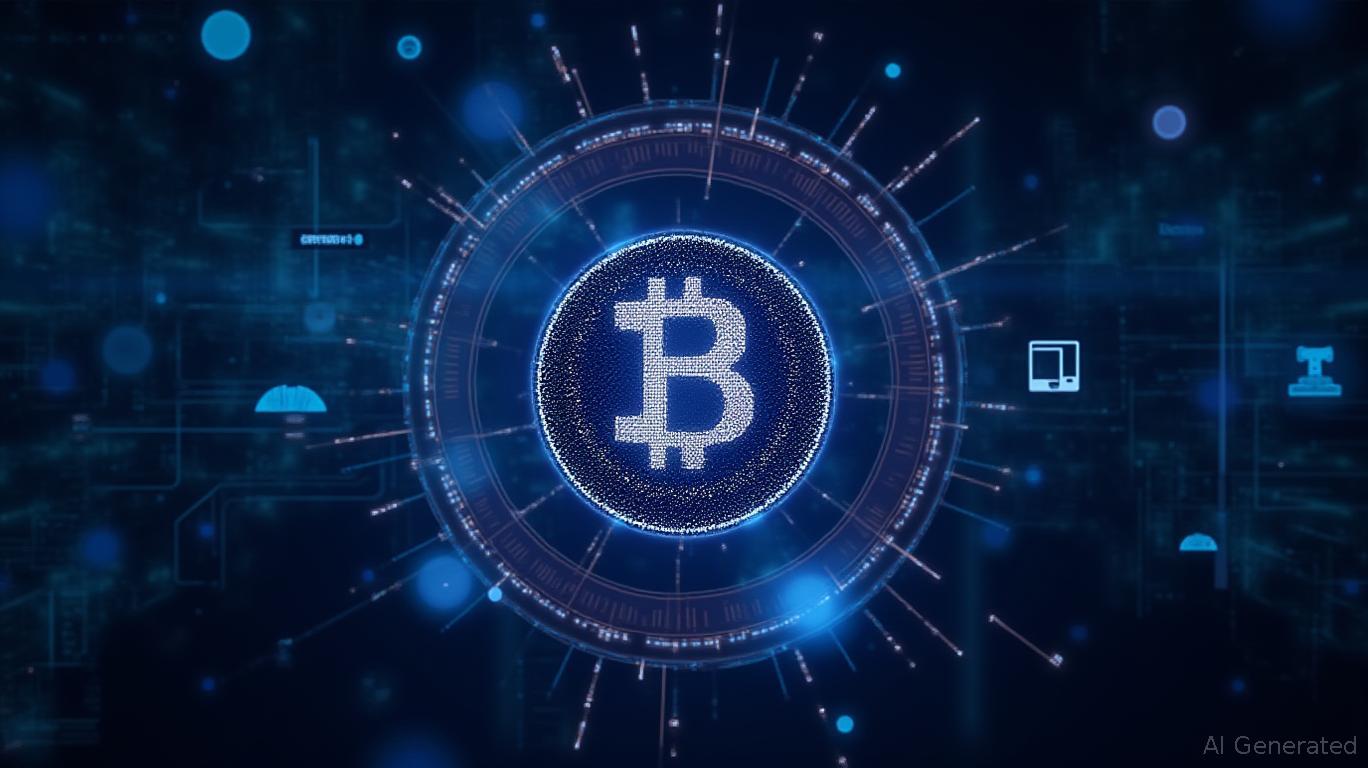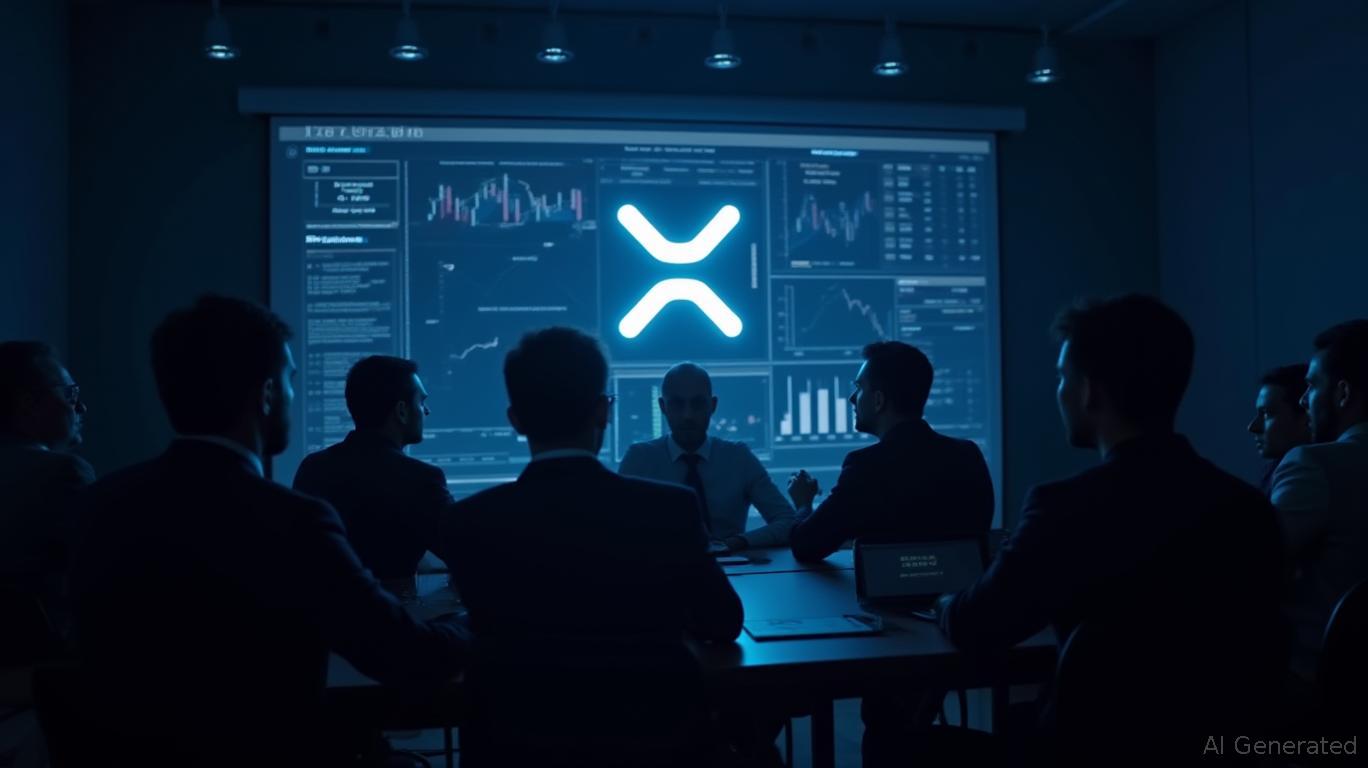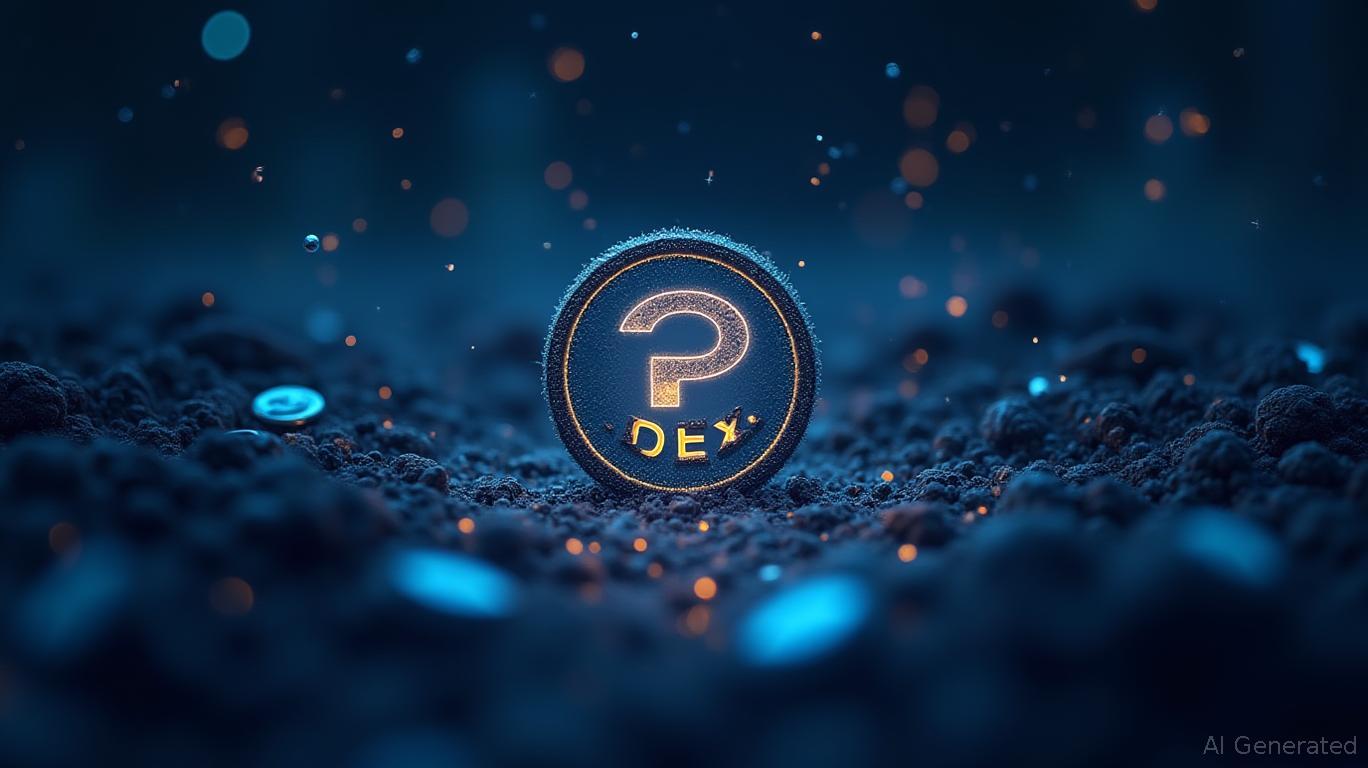Algo Falls 4.94% as Market Experiences Increased Volatility
- Algo (ALGO) fell 4.94% in 24 hours on Nov 3, 2025, amid broader market volatility linked to U.S. manufacturing data and central bank rate decisions. - A 49.33% annual decline reflects structural bearishness, driven by weak industrial data, inflation concerns, and persistent downward pressure on key technical indicators. - Analysts highlight oversold RSI and broken moving averages as bearish signals, with a breakdown below $0.15 risking retesting of 2024 lows. - A backtesting strategy evaluates trend-foll
As of NOV 3 2025,
ALGO’s performance over the last year highlights a notable transformation in both how the asset is viewed and utilized in the market. After reaching its peak in late 2024, the token has faced ongoing downward momentum, with weekly and monthly losses accumulating to nearly a 50% annual decline. Experts suggest that broader economic factors, especially inflation reports and central bank communications, will continue to play a pivotal role in shaping ALGO’s short-term trajectory along with other assets sensitive to risk. Recent manufacturing data indicating a slowdown in the U.S. industrial sector has intensified the negative sentiment, amplifying worries about the economy’s near-term strength and the possibility of tighter monetary policy.
From a technical perspective, indicators point to a likely continuation of the bearish trend in the short run, as crucial support zones are currently under pressure. On the daily chart, ALGO has slipped beneath important moving averages, including the 50- and 200-day lines, which are traditionally seen as markers for broader market trends. The Relative Strength Index (RSI) is signaling oversold conditions, but this has yet to trigger substantial buying interest. Analysts emphasize the necessity of a strong reversal pattern to suggest a potential bottom, but at present, the negative outlook persists. Should the price fall below $0.15, it could test deeper support near $0.125, possibly revisiting the lows seen in 2024.
Backtest Hypothesis
Amid the recent sharp volatility and clear downward momentum in ALGO, a backtesting framework can be designed to analyze how effective a trend-following strategy would be in this bearish scenario. The suggested backtest centers on a specific trigger—when ALGO’s daily price drops by 5% or more. The aim is to evaluate whether taking a short position immediately after such a decline yields positive returns over a set period, using historical data from 2022-01-01 to 2025-11-03. This method will help determine if the price action represents a brief correction or signals a sustained downward trend. The strategy will be examined for both intraday and close-to-close event variations to account for different liquidity and execution conditions. If the results show consistent profitability, this approach could serve as a template for systematic short-term trading under similar market circumstances.
Disclaimer: The content of this article solely reflects the author's opinion and does not represent the platform in any capacity. This article is not intended to serve as a reference for making investment decisions.
You may also like
Ethereum News Update: Berachain Suspends Network Operations to Prevent $116M DeFi Theft, Prioritizing Security Over Decentralization
- Berachain halted network operations via emergency hard fork to address a $116M exploit targeting Balancer V2 pools on its BEX exchange. - Attackers drained WETH, osETH, and wstETH across Ethereum and Layer 2 networks, prompting validation nodes to freeze activity for security fixes. - Balancer's BAL token dropped 8% amid its third major breach since 2020, while security firms flagged $84M in suspicious cross-chain transactions. - Experts urge stronger smart contract audits and multi-signature safeguards

XRP News Today: XRP Tundra's Reviews Question the Usual Speculation in Crypto
- XRP Ledger tokenized real-world assets (RWAs) surged 34.6% to $157.4M, driven by Mercado Bitcoin's $200M initiative leveraging low fees and fast settlements. - XRP Tundra introduces a dual-token model (TUNDRA-S/Solana, TUNDRA-X/XRPL) with transparent pricing and institutional-grade audits from Cyberscope and Solidproof. - Evernorth's $1B SPAC merger to buy XRP risks supply shocks, contrasting XRPL's 25,000 daily active accounts with Solana's 2.5 million, as noted in CryptoNews. - Tundra's $2.2M presale a

Bitcoin Latest Updates: Cango’s New Strategy Drives Leadership in Bitcoin Mining
- Cango Inc. reported 6,412.6 Bitcoin holdings and 50 EH/s hashrate, driven by U.S. operations shift and ADR program termination. - Analysts forecast CNY1.64 EPS and CNY1.4B revenue for Q3 2025, with $8.00 price target reflecting dual mining-car export business model. - Post-halving industry trends see mid-tier miners like Cango narrowing gaps with leaders through infrastructure investments and AI diversification. - Cango's 90% operating efficiency and long-term Bitcoin holding strategy align with market v

DEXs Compete with CEXs as DeFi Trading Volume Reaches $613 Billion in October 2025
- DEXs hit $613.3B in October 2025 volume, up 22.7% from September, driven by liquidity mining and airdrops. - Uniswap led with $170.9B (60.4% rise), while CEXs hit $2.17T, led by Binance's $810.4B. - DeFi growth coincided with crypto volatility; Bitcoin's drop spurred trading as investors repositioned. - Risks include regulatory scrutiny and competition, but DEXs' 19.84% market share highlights growing preference. - Market resilience suggests continued interest in decentralized finance as projects refine
